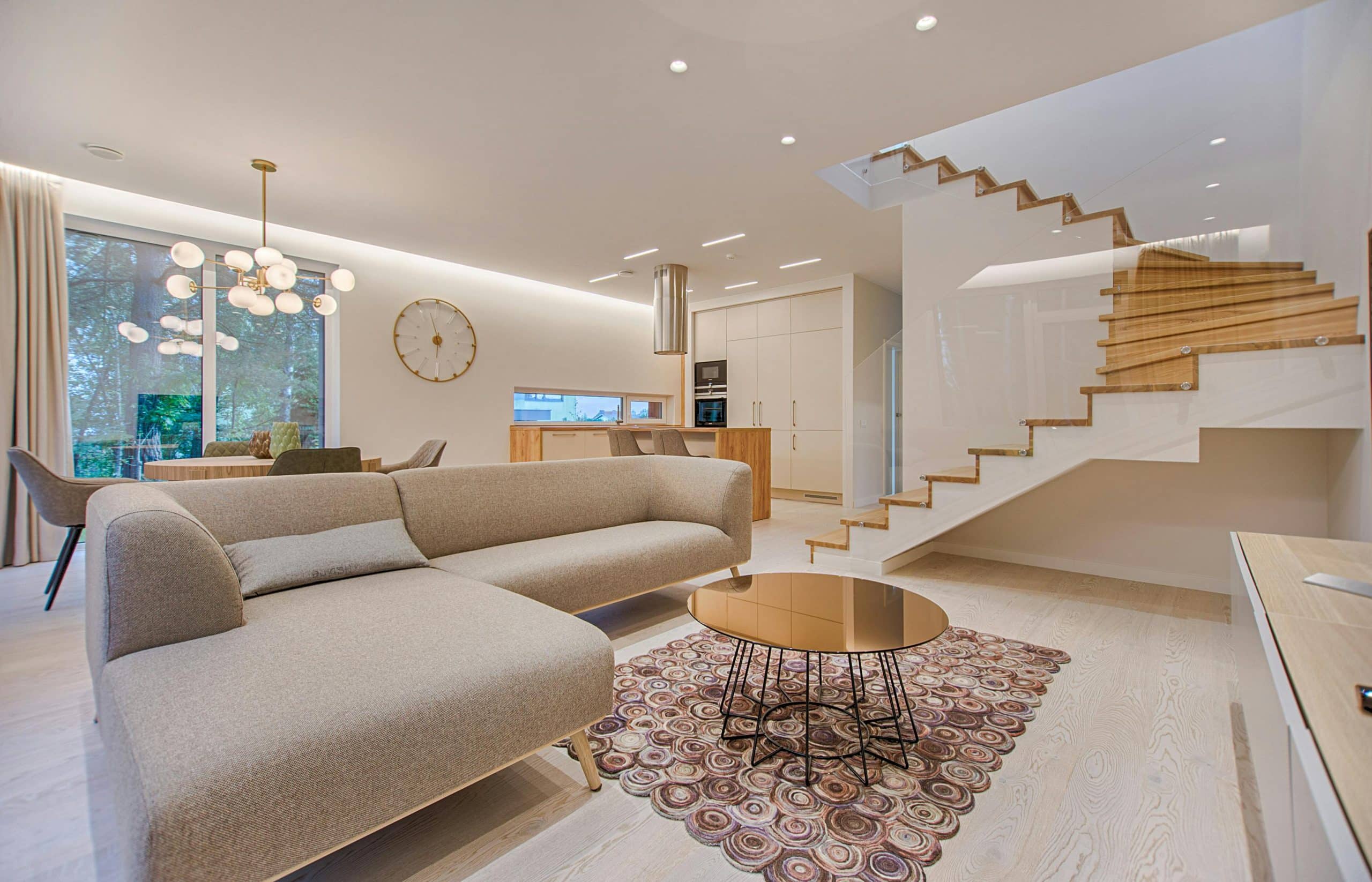How to Design a Boho-Chic Living Room with Ethical and Fair-Trade Products?

When it comes to interior design, the boho-chic style has been making waves for its warm, inviting, and free-spirited aesthetic. However, as we become more conscious about our impact on the environment, it’s important to incorporate sustainable and ethical practices in our decorating choices. This article will walk you through how to design a boho-chic living room using ethically sourced, fair-trade, and eco-friendly products. We’ll delve into the brands to look out for, the materials to choose, and the principles of sustainable design to guide you in creating a natural, comfortable, and stylish living space.
The Principles of Sustainable Interior Design
In a world increasingly focused on environmental sustainability, understanding the principles of sustainable interior design is a necessary first step in creating your boho-chic living room. These principles guide us in making choices that are not only visually appealing but also responsible and conscious of the environment.
A voir aussi : How to Create a Vintage Game Room with Authentic Arcade Machines?
Sustainable interior design emphasizes the use of eco-friendly materials harvested in a way that minimizes damage to the environment. The principle also encourages the reduction of waste through recycling or repurposing, the conservation of energy and water, and the creation of healthy indoor environments free from toxic chemicals.
Additionally, it promotes the use of products from brands with ethical work practices, including fair-trade practices that provide equitable trade opportunities for marginalized producers and workers.
Avez-vous vu cela : What’s the Best Way to Create a Pocket Office in a Multi-Functional Living Space?
Incorporating Ethical and Fair-Trade Brands
In your quest to design a sustainable boho-chic living room, incorporating ethical and fair-trade brands is instrumental. These brands not only produce high-quality products but also prioritize the welfare of their workers and the environment. They use organic and sustainable materials, ensure safe working conditions, and provide fair wages.
Notable ethical and fair-trade brands to consider include Ten Thousand Villages, a pioneer of the fair-trade movement offering a variety of unique home decor items, and West Elm, which has a wide range of fair-trade certified furniture and decor. Boll & Branch also provides ethically sourced, organic cotton products, perfect for adding a touch of boho-chic comfort to your living room.
Choosing Sustainable Materials
Material choice is a critical component in sustainable interior design. The ideal materials are those that are natural, organic, recycled, or rapidly renewable.
For furniture, opt for solid wood pieces sourced from sustainably managed forests rather than particleboard or MDF, which often contain formaldehyde. Consider furniture made from bamboo, a rapidly renewable resource, or reclaimed wood, which has a rustic charm that fits perfectly with the boho aesthetic.
For textiles, organic cotton, linen, and jute are environmentally friendly options. These materials are free from harmful chemicals and are biodegradable. They also lend a natural, relaxed vibe to your living room, in line with the boho-chic style.
Boho-Chic Style with Sustainable Decor
The boho-chic style is known for its layered textures, eclectic mix of patterns, and earthy colors, all creating an atmosphere of relaxed comfort. To achieve this while maintaining sustainability, consider using second-hand or vintage items. Not only do they reduce waste, but they also add a unique, personal touch to your living space.
Incorporate houseplants as well. They purify the air, add a touch of nature to your interior, and can be used to fill empty spaces or as centerpieces. Go for hardy, low-maintenance varieties like snake plants or spider plants.
Rugs made from natural fibers like jute or sisal add warmth and texture to your living room. Woven wall hangings, another hallmark of boho style, can be found made from organic or recycled materials.
Creating a Healthy Living Environment
Lastly, a sustainable living room isn’t just about the materials and products you use, but also about creating a healthy living environment. Consider the quality of your indoor air. Many conventional paints and finishes release volatile organic compounds (VOCs) that are harmful to health. Opt for low-VOC or VOC-free paints and finishes.
In your quest for comfort, invest in energy-efficient heating and cooling solutions and good insulation. Consider the natural light in your living room, and design your space to maximize it.
Remember, creating a sustainable living room is a journey. It’s about making conscious choices and being mindful of your impact on the environment. With these tips, you can create a boho-chic living room that is not only stylish and comfortable but also kind to our planet.
Discovering Unique Boho Decor Products
As you embark on your journey towards designing a boho-chic living room with sustainable decor, it’s essential to explore unique products that reflect your personal taste and style. Incorporating distinctive elements adds an eclectic edge that is central to boho style.
Deciding on decor products demands the same commitment to eco-friendly and fair-trade practices as choosing materials and brands. A plethora of decor brands offer a wealth of options that adhere to these principles. Uncommon goods, for instance, is a marketplace that connects artisans and small manufacturers with consumers, providing a platform for unique, handmade items.
Similarly, Ocelot Market specializes in ethically made, artisan-crafted products from around the world. Their unique array of boho decor items range from cotton pillow covers handwoven by Guatemalan artisans to recycled metal wall art created by craftsmen in Haiti. Both brands adhere strictly to fair-trade practices, ensuring that the artisans they work with are compensated fairly for their work.
Remember, the goal is not to fill your living room with decor items, but to thoughtfully select pieces that bring joy and align with your sustainable living goals.
Tips for Choosing Best Seller Boho-Chic Items
While designing a bohemian style living room, choosing best seller items from ethical and fair-trade brands can be beneficial. These items come with the assurance of quality and customer satisfaction, reducing the chances of regrettable purchases.
When seeking best seller items, consider the various elements that define a boho-chic living room. This includes textured throws and cushions, rustic wooden furniture, intricate wall hangings, and earthy ceramics.
For instance, Ten Villages’ woven baskets, crafted by artisans in Bangladesh using local kaisa grass, are best sellers that double as storage and decor. West Elm’s fair-trade certified, handcrafted Terracotta vases, with their earthy tones and organic shapes, are another popular choice.
Be mindful of the source of these items, ensuring they align with ethical and sustainable practices. Always check the brand’s commitment to fair wages, safe working conditions, and eco-friendly materials.
Conclusion: Embrace Sustainable Boho-Chic Living Spaces
Designing a boho-chic living room with sustainable and ethical products is a rewarding process that marries aesthetics and conscience. This journey begins with understanding the principles of sustainable interior design, choosing fair-trade brands, and selecting eco-friendly materials.
It’s about creating a living space that is not just visually appealing but also embodies your commitment to sustainable living. It encourages you to explore unique decor products, go after best seller items from your favorite ethical brands, and above all, make conscious choices that are kind to our planet.
Your boho-chic living room will become more than a living space – it will be a testament to your dedication to ethical consumerism and environmental stewardship. Remember, every choice matters. As you create your dream boho living room, always consider the artisans who crafted your decor, the environment that provided your materials, and the impact your choices have on our world.
